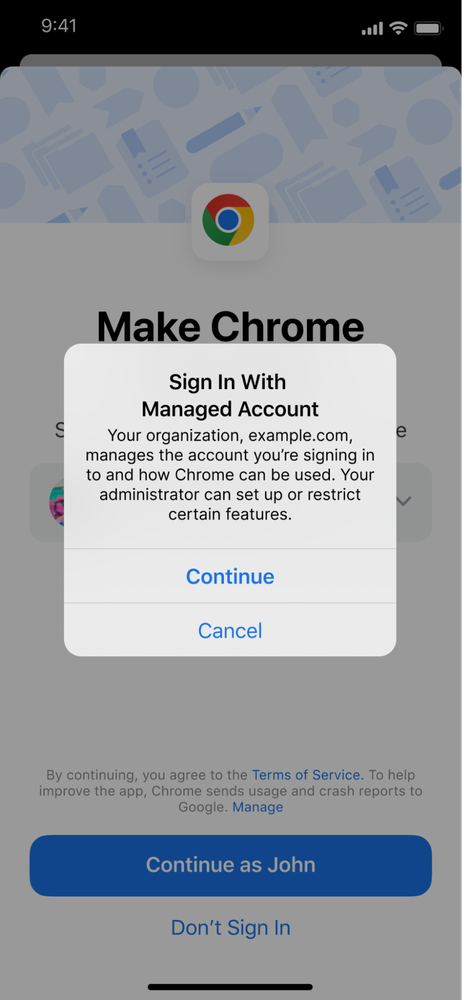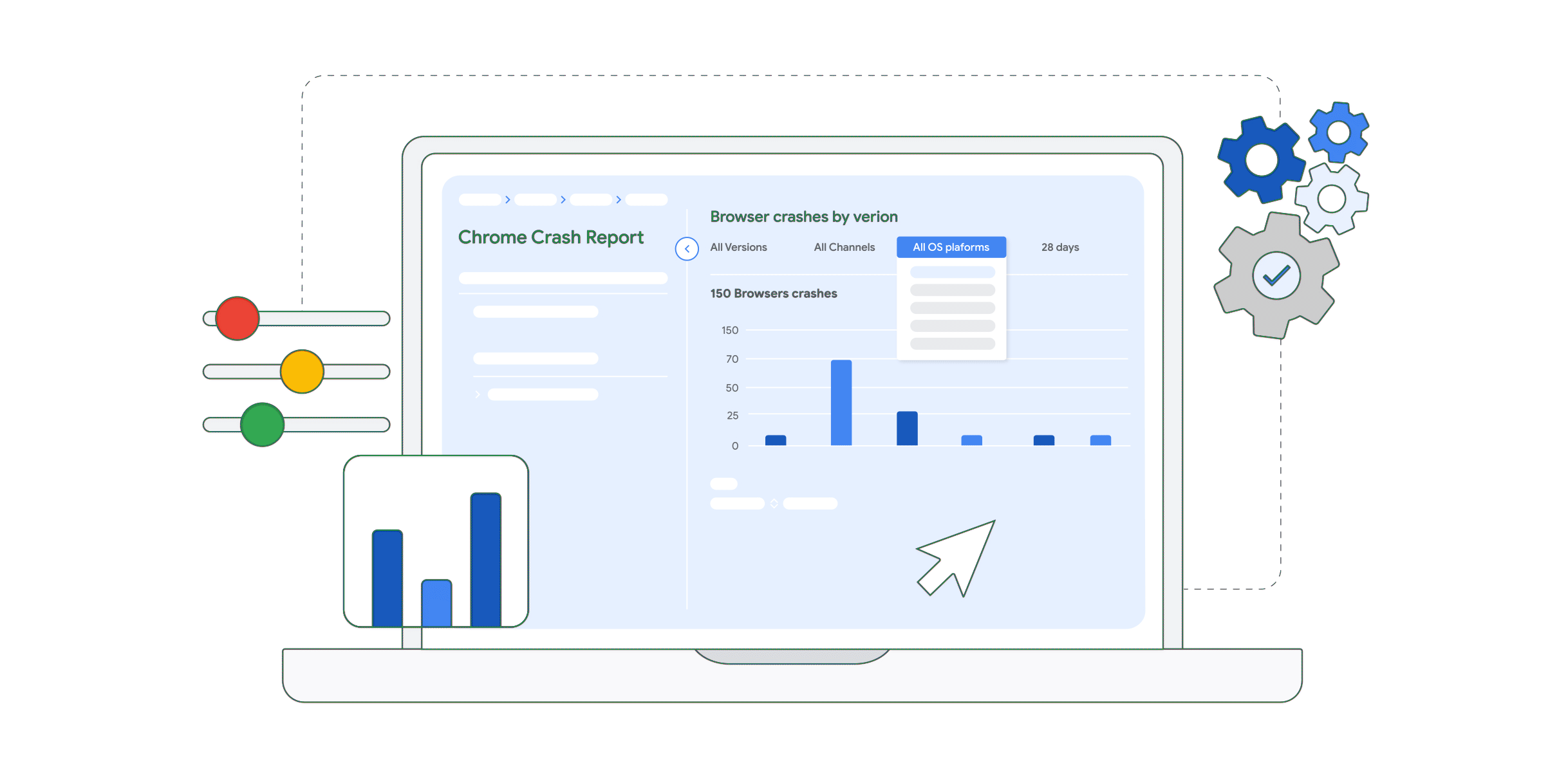The browser is now key to enterprise productivity, but with cloud computing, hybrid work, and BYOD (Bring Your Own Device) policies, there are security challenges IT and security teams need to keep top of mind. So how can organizations maintain a productive workforce while safeguarding sensitive information? The answer lies in the browser itself, and more importantly, how it’s managed.
In fact, managing the browser is critical in giving IT and security teams visibility and control over the browser in their environment, especially with more work being done in the browser than ever before. Research indicates that “by 2030, enterprise browsers will be the core platform for delivering workforce productivity and security software on managed and unmanaged devices for a seamless hybrid work experience.”*
We’ve built Chrome Enterprise Core (formerly Chrome Browser Cloud Management) with that in mind. Chrome Enterprise Core allows IT to configure and manage browser policies, settings, apps and extensions across your browsers, and do it all from a single console—even if your workforce uses multiple operating systems and devices, at no cost.
We just launched even more helpful capabilities to support IT and security teams like additional useful policies and broader availability across platforms, more flexibility in how to apply management with better guidance, and continuing to surface IT teams information they may want to take action on, and when possible, taking care of tasks automatically.
Extended policy management

We believe it’s critical to continue building out our policy options, and extending them to new platforms like mobile. While we already have admins covered on desktop policy management, we know that extending policy management to mobile is extremely important, especially as more and more end users get their work done on the go. Admins can now push policies to users that sign into Chrome on iOS. This works on both unmanaged and managed browsers. On an unmanaged browser, only the profile is managed, offering clear separation between a managed work profile and an user’s personal profile. This is especially useful for common bring-your-own device models for mobile. This capability is also available on Android, so you’re covered across all mobile platforms.

We’re also currently launching new JSON custom configurations from the cloud, enabling enterprises to leverage even more policies through cloud management. Now in addition to the hundreds of policies already built-into the cloud management console, any on-prem GPO policy can be configured through the cloud, giving IT teams even more control over their deployment. This can be found on the Custom Configurations settings page, and you can view all of our Chrome policies here.
More flexible IT management controls
We know every organization is unique and so is their approach to browser management, so in addition to managing at the device and OU level, we’re allowing organizations to also manage browsers by groups, including multiple groups. This gives IT more flexibility over the management of their browsers. Some examples are different policies needed for different business divisions, different geographies or different job roles. For example, IT teams can decide to group together all Windows devices or all remote developers.
If you’re looking to use Chrome Enterprise Core, getting started is now easier than ever with new interactive setup guides right in the Google Admin console that go in detail on how to set up and use the capabilities that enterprises love most. Administrators can start wherever they’re at in their Chrome Enterprise Core journey and get hands-on training directly in Chrome Setup guides. From how to set up OUs, to enrolling browsers, to installing extensions, admins can get all the help they need to optimize their browser management.
Insights and Action

Another helpful feature that recently came to Chrome Enterprise Core is Chrome Security Insights which allows Security and IT admins to turn on a one-click security event logging analytics tool. This report automatically analyzes all sensitive data movement across your fleet. All data transfers are scanned against 50 default DLP detectors scanning for sensitive content and generating insider and data insights reports on activities like users with high content transfer, domains with high content transfer, domain categories with high content transfer and most common sensitive data types. This provides Security and IT admins with increased visibility across their fleet and clear insights into what security events are happening and any potential data exfiltration and insider risk threat.

Crash reports are now available to give IT teams more insight into crash event trends, and proactively analyze potential browser issues within their organization. This allows them to respond quickly and troubleshoot to limit end user disruption. IT and security teams can visualize crash reporting by each version of Chrome, OS platform and channel. The report is available to all Chrome Enterprise Core users in the “Chrome browser > Reporting” section of the Google Admin console.
To help IT teams manage inactive browsers at scale, there’s a new Inactive Browser Deletion Policy that will automatically delete inactive browser information from Google servers. This gives IT teams time back and supports data hygiene efforts. The best part? IT can just set a time period on when these inactive browsers should be deleted and Chrome Enterprise Core does all the work for them.
We are excited to continue innovating and delivering even more value to Chrome Enterprise users. If you’re not yet using Chrome Enterprise’s cloud management tool, you can get started here – there is no fee to manage Chrome devices from the cloud. Happy browsing!
*Gartner®, Emerging Tech: Security — The Future of Enterprise Browsers, Dan Ayoub, Evgeny Mirolyubov, et al. 14 April 2023
GARTNER is a registered trademark and service mark of Gartner, Inc. and/or its affiliates in the U.S. and internationally and is used herein with permission. All rights reserved.

